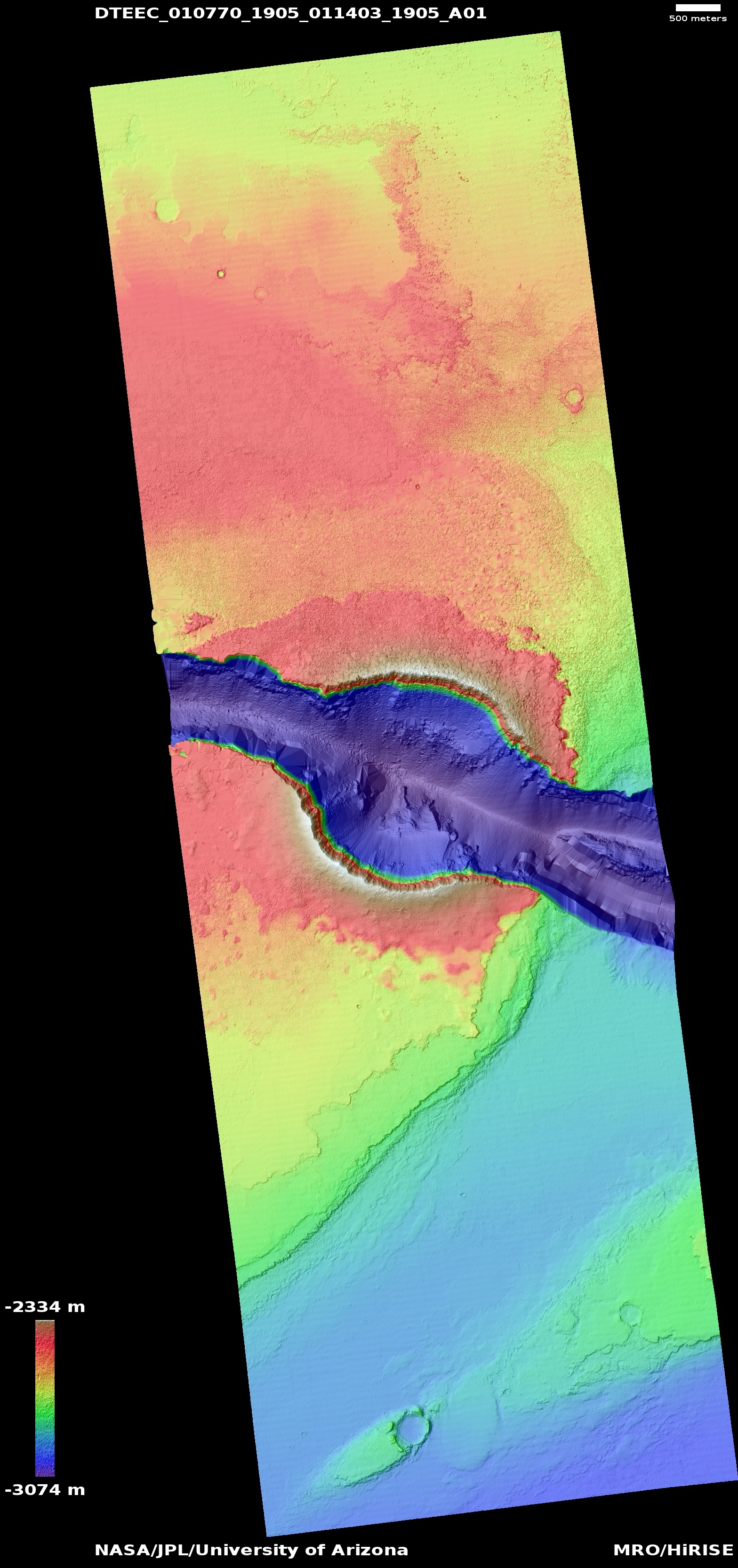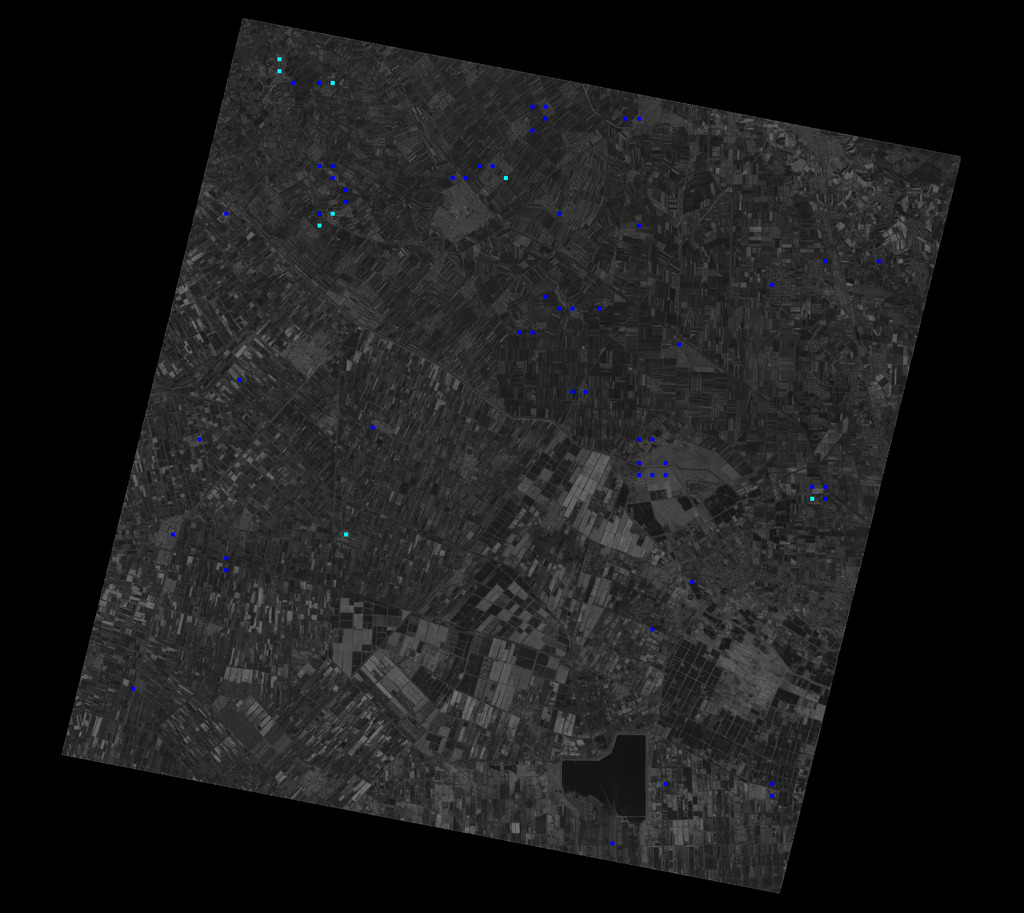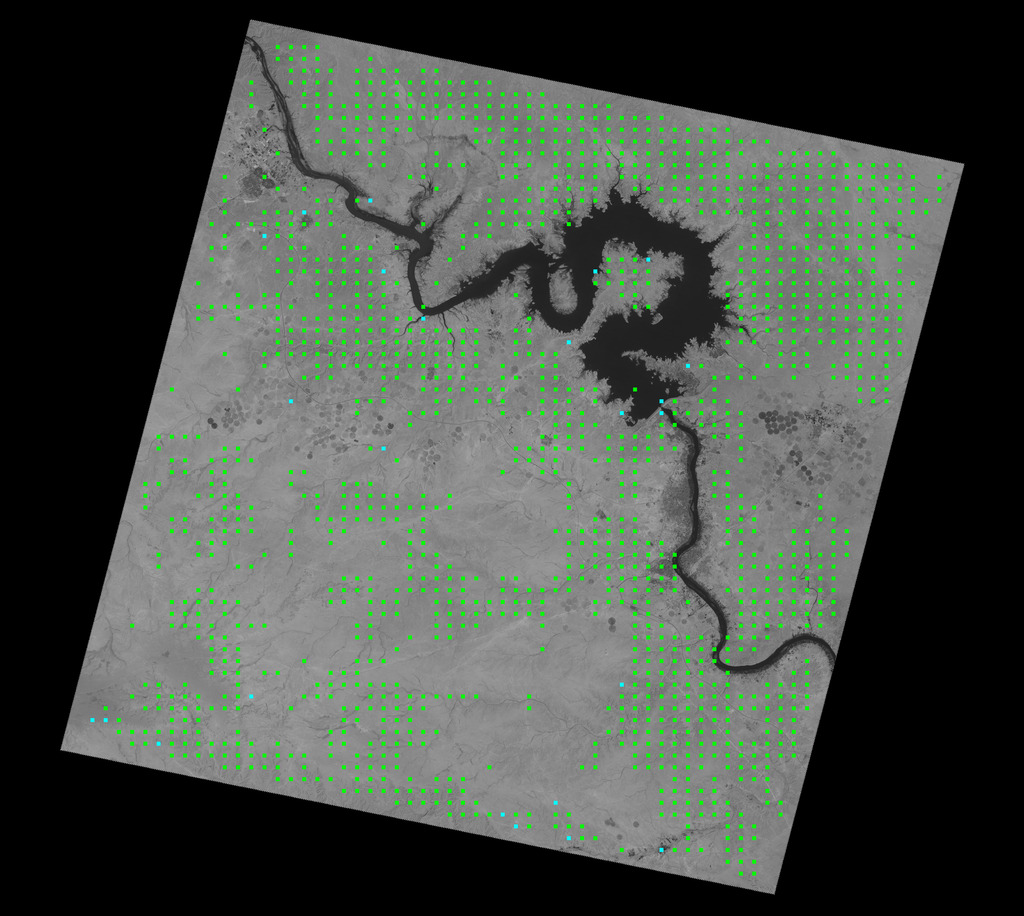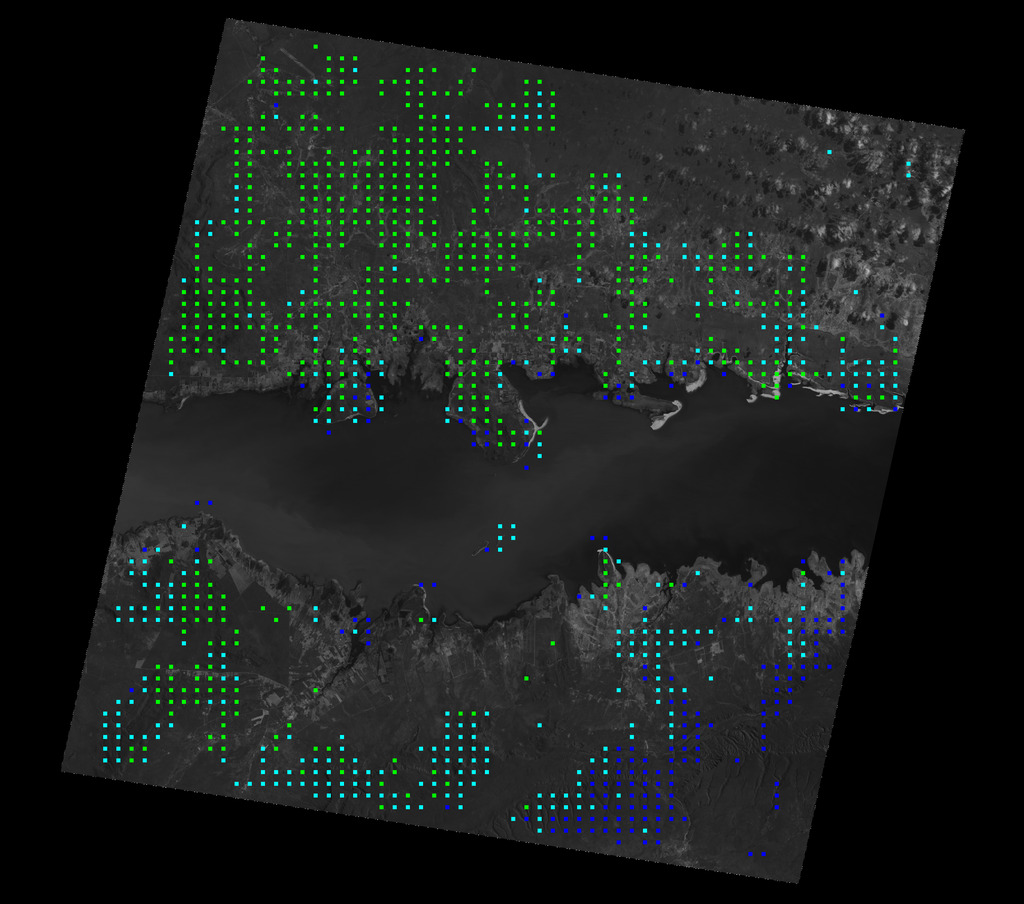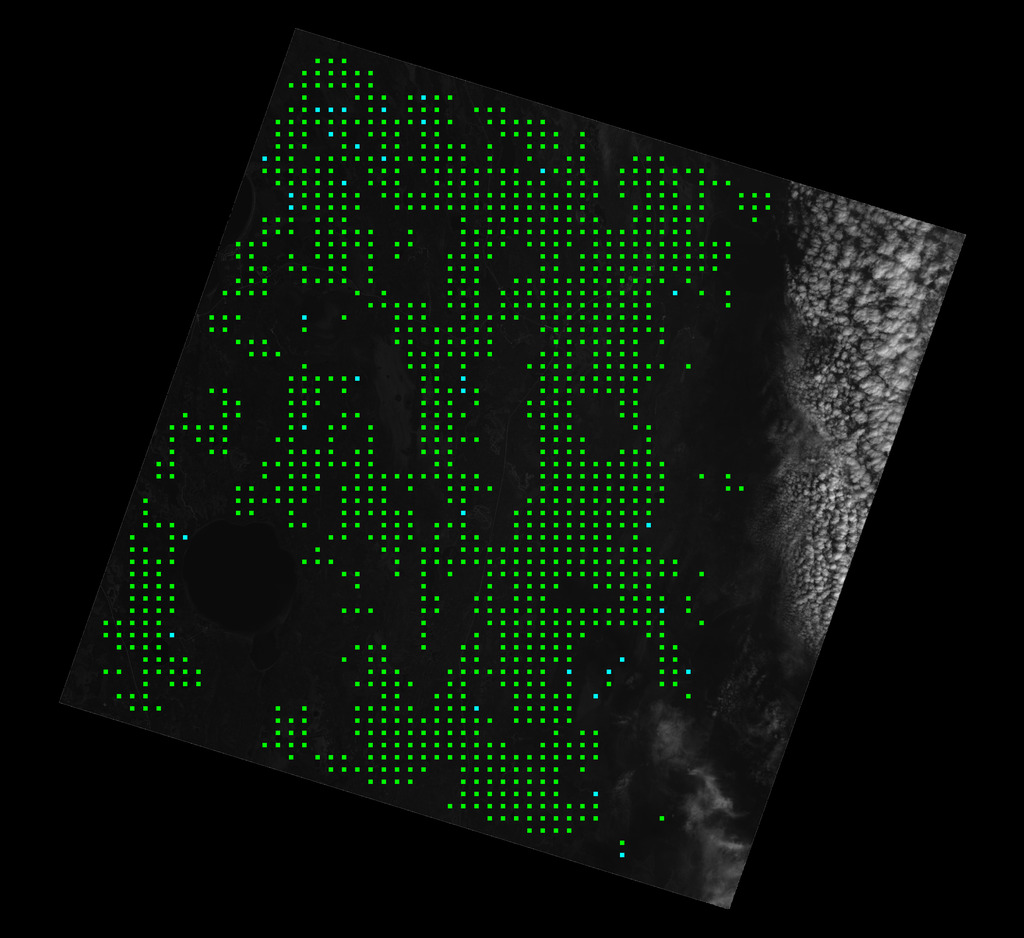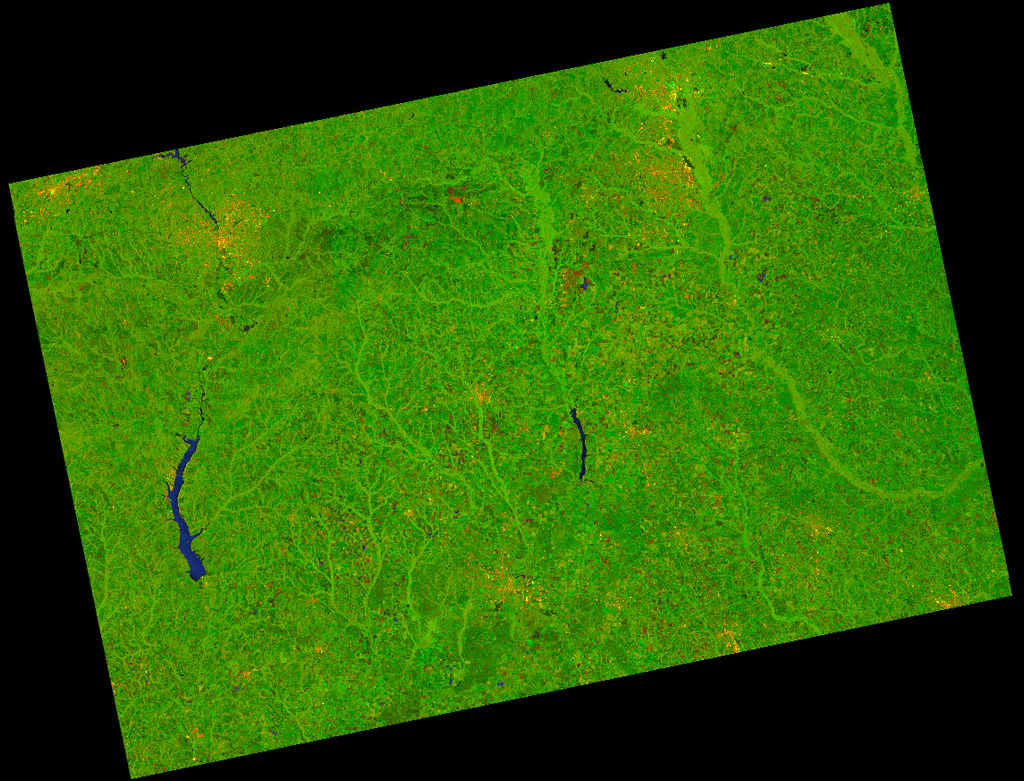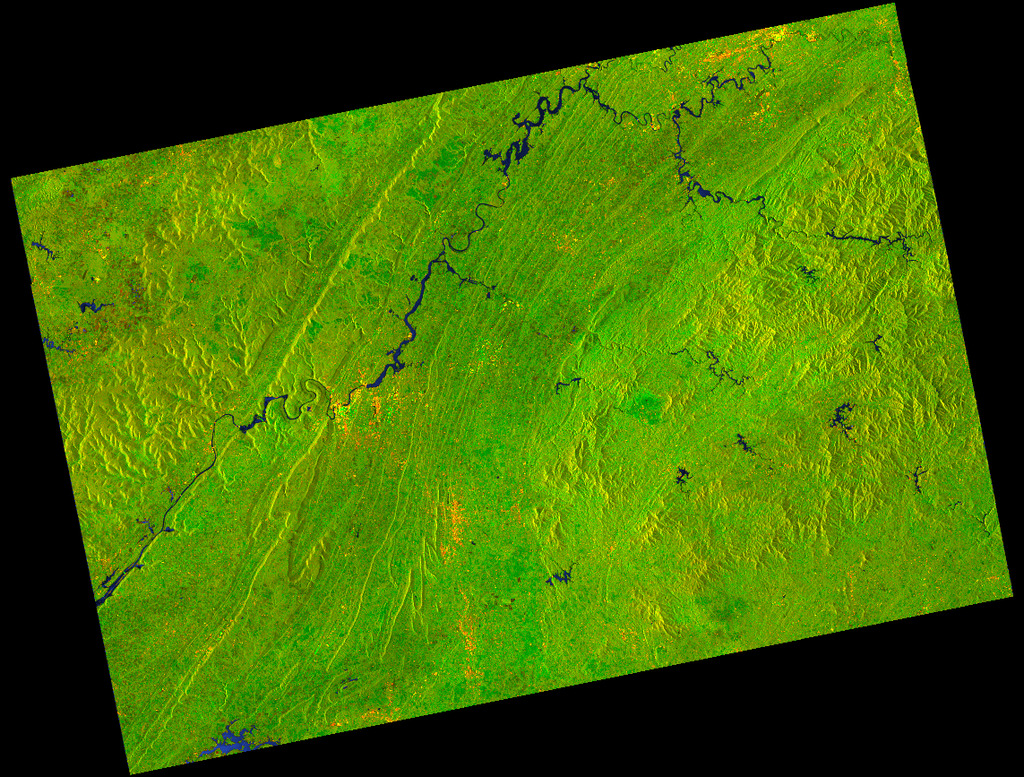SDO_LAB_BLOGSPOT BLOG @nasa-jpl @nasa-develop @GEOS-ESM
Mars Exploration Program
NASA’s Mars Exploration Program includes current missions Odyssey, MRO, Mars Express, MSL, InSight, and Mars 2020 READMORE
Wifi IEEE 802.11b-1999
Messenger - Earth Departure Movie
Mars Reconnaissance Orbiter
Launched in August of 2005, the High Resolution Imaging Science Experiment (HiRISE) is flying onboard the Mars Reconnaissance Orbiter (MRO) mission. HiRISE will investigate deposits and landforms resulting from geologic and climatic processes and assist in the evaluation of candidate landing sites. Link marsoweb.nas.nasa.gov/hirise/ fullres 3d anaglyph
 build pics
Mars Reconnaissance Orbiter in High Bay read years later spots curiosity
build pics
Mars Reconnaissance Orbiter in High Bay read years later spots curiosity

 Workers at Lockheed Martin Space Systems, Denver, install a telescopic camera on NASA’s Mars Reconnaissance Orbiter spacecraft on Dec. 11, 2004. READ Workers at Lockheed Martin Space Systems, Denver, position a telescopic camera for installation onto NASA’s Mars Reconnaissance Orbiter spacecraft on Dec. 11, 2004. Read
Workers at Lockheed Martin Space Systems, Denver, install a telescopic camera on NASA’s Mars Reconnaissance Orbiter spacecraft on Dec. 11, 2004. READ Workers at Lockheed Martin Space Systems, Denver, position a telescopic camera for installation onto NASA’s Mars Reconnaissance Orbiter spacecraft on Dec. 11, 2004. Read
 Moving the Mars Reconnaissance Orbiter
read
Mars Reconnaissance Orbiter After Camera Installation
A telescopic camera called the High Resolution Imaging Science Experiment, or HiRISE, was installed onto the main structure of NASA’s Mars Reconnaissance Orbiter on Dec. 11, 2004 at Lockheed Martin Space Systems, Denver, Colo. HiRISE is at the top of the spacecraft in this image.
Moving the Mars Reconnaissance Orbiter
read
Mars Reconnaissance Orbiter After Camera Installation
A telescopic camera called the High Resolution Imaging Science Experiment, or HiRISE, was installed onto the main structure of NASA’s Mars Reconnaissance Orbiter on Dec. 11, 2004 at Lockheed Martin Space Systems, Denver, Colo. HiRISE is at the top of the spacecraft in this image.

HiRise Steep Sandy Slopes in Coprates Chasma ESP_088620_1660_ESP_088554_1660 fullRes @blackgirlscode noir*
 archive
@nasa-pds ~ Glenn on Archive @nasa-jpl @blackgirlscode
archive
@nasa-pds ~ Glenn on Archive @nasa-jpl @blackgirlscode
Mars Books The Mars project by Von Braun, Wernher, 1912-1977 archive – The scientific exploration of Mars by Taylor, F. W archive – Mars by Bova, Ben, 1932- archive
The Problem Of Space Travel - Herman Noordung**
multi media
Red Planet Mars 1952 colorized
The Martian 2015 DailyMotion
Dune 2000 ps1 - Max Fleischer’s atrip to Mars .mp4 - imdb

NEWS @foxnews @newshour @datadesk @blackgirlscode @nasa-jpl
Perseverance Rover Updates - science.nasa.gov @nasa-jpl @cityoflosangeles @stateofcalifornia @nasa @nasa-pds thx for sharing the event @blackgirlscode :: @usgs idk how many of u were informed @noaagov
PERSEVERANCE RAW IMAGES NASA to Share Details of New Perseverance Mars Rover Finding - nasa.gov NASA’s Perseverance Mars Rover Spots Bizarre Helmet-Shaped Rock and Mysterious Megaripples Sampling Mars: Geologic Context and Preliminary Characterization of Samples Collected by the NASA Mars 2020 Perseverance Rover Mission Mars 2020 and ExoMars Perseverance Rover’s Descent and Touchdown on Mars
 image atlas @nasa-pds + BETA + PDS_BUNDLES Mars Reconnaissance Orbiter Online Data Volumes
image atlas @nasa-pds + BETA + PDS_BUNDLES Mars Reconnaissance Orbiter Online Data Volumes
Perseverance Meets the Megabreccia
What rashard has been up to @nasa @nasa-jpl @cityoflosangeles Compiling . . . Rashard WildFire Data from aviris && ECOSTRESS:Monitoring plants from space
Martian Gothic: Unification
Martian Gothic: Unification is a 2000 survival horror video game developed by Creative Reality for Microsoft Windows and Coyote Developments for the PlayStation and published by TalonSoft for Microsoft Windows and Take-Two Interactive for the PlayStation. It takes place on a Martian base in the year 2019 Wiki gog.com zombs-lair
Mars Reconnaissance Orbiter Online Data Volumes
NASA’s Europa Clipper Spacecraft Separates From Falcon Heavy Second Stage
## Perseverance Views Deimos Before Sunrise Perseverance rover captured this view of Deimos, the smaller of Mars’ two moons shining in the sky at 4:27 a.m. local time on March 1, 2025, the 1,433rd Martian day, or sol, of the mission READMORE @nasa-jpl Image Credit: NASA/JPL-Caltech Monika Luabeya FULLRES-JPG tif

Deimos Eclipse
Deimos is the smaller of Mars’ two moons. It’s 9 by 7 by 6.8 miles in size (15 by 12 by 11 kilometers). Deimos orbits Mars every 30 hours.Deimos was discovered on Aug. 11, 1877 by Asaph Hall. Hall named Mars’ moons for the mythological sons of Ares, the Greek counterpart of the Roman god, Mars. Deimos, whose name means dread, is the brother of Phobos.
[<video controls poster="https://science.nasa.gov/wp-content/uploads/2024/03/22393_PIA23134-16.gif" src="https://photojournal.jpl.nasa.gov/archive/PIA26249.mp4" alt="pollution Los Angeles" />](https://photojournal.jpl.nasa.gov/archive/PIA26249.mp4)

Pics & Vids
PIA26339: Checking the Cover on Perseverance’s SHERLOC
Perseverance Rover’s Descent and Touchdown on Mars: Onboard Camera Views
February 22, 2021 NASA’s Mars 2020 Perseverance mission captured thrilling footage of its rover landing in Mars’ Jezero Crater on Feb. 18, 2021. The real footage in this video was captured by several cameras that are part of the rover’s entry, descent, and landing suite. The views include a camera looking down from the spacecraft’s descent stage (a kind of rocket-powered jet pack that helps fly the rover to its landing site), a camera on the rover looking up at the descent stage, a camera on the top of the aeroshell (a capsule protecting the rover) looking up at that parachute, and a camera on the bottom of the rover looking down at the Martian surface.
The audio embedded in the video comes from the mission control call-outs during entry, descent, and landing.
For more information about Perseverance, visit https://mars.nasa.gov/perseverance
Front Left Hazcam – Two Year Movie
Data
Viking Project

OCCURRED 47 YEARS AGO
NASA’s Viking Project found a place in history when it became the first U.S. mission to land a spacecraft safely on the surface of Mars and return images of the surface. ReadMore + Viking Lander High Resolution Mosaics
PIA02985: Dust storm in the Thaumasia region of Mars
Original Caption Released with Image:
This Viking Orbiter 2 image shows a large dust storm over the Thaumasia region on Mars. This large disturbance soon grew into the first global dust storm observed by the Viking Orbiters. This image was taken at 9:00 local time near perihelion when heating of Mars is at a maximum. The image is at 1400 km across and north is at 1:00. (Viking Orbiter 176B02).
Image Credit:
NASA/JPL
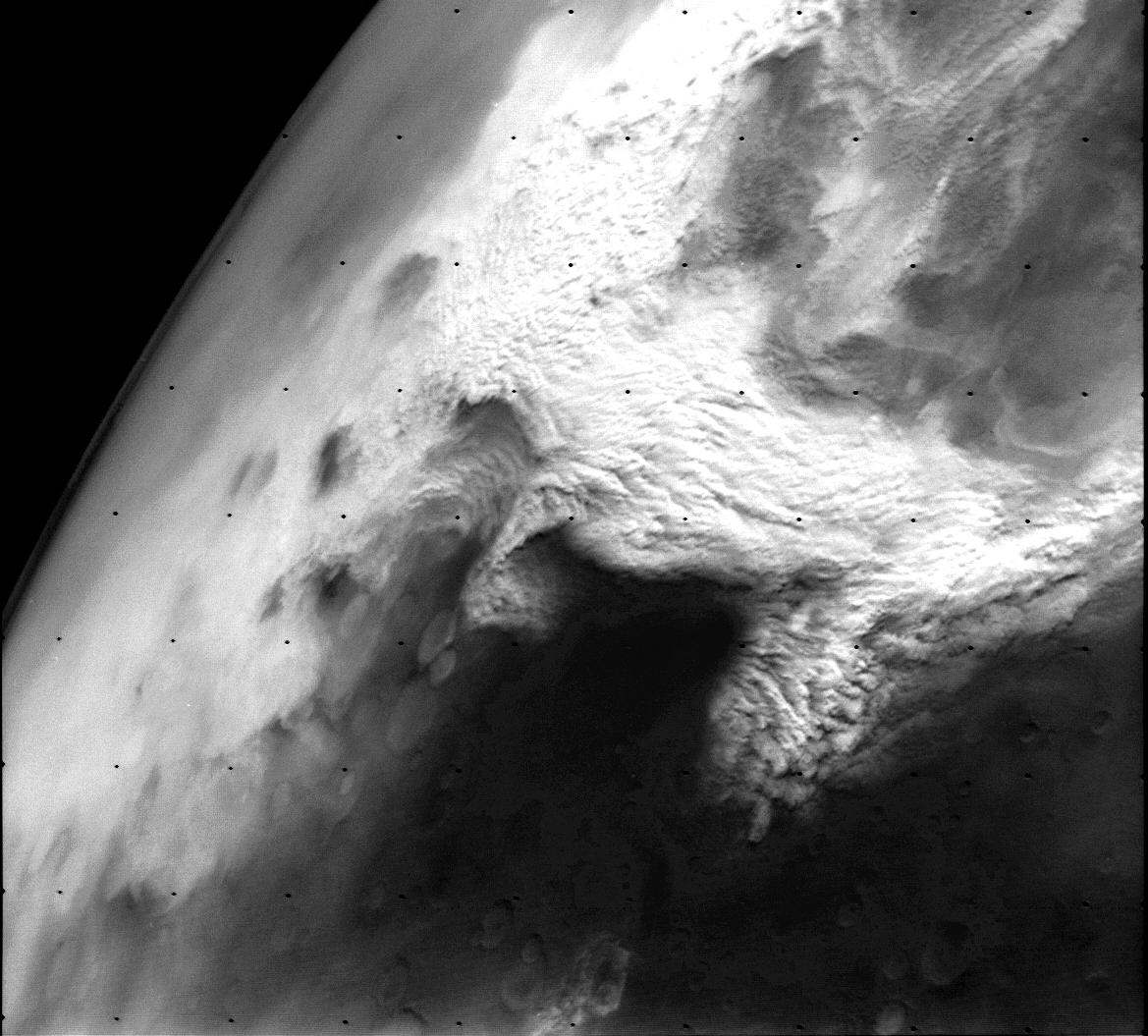
Sol 4461: Mars Hand Lens Imager (MAHLI)
Most images acquired by MAHLI in daylight use the sun as an illumination source. However, in some cases, MAHLI’s two groups of white light LEDs and one group of longwave ultraviolet (UV) LEDs might be used to illuminate targets READMORE Credits: NASA/JPL-Caltech/MSSS

 MARiNER SPACECRAFT 1961 DeClassified The MAriner Program MARINER 6 AND 7 NEAR ENCOUNTER IMAGES
MARiNER SPACECRAFT 1961 DeClassified The MAriner Program MARINER 6 AND 7 NEAR ENCOUNTER IMAGES
Mars Reconnaissance Orbiter
Jim Taylor, Dennis K. Lee, and Shervin Shambayati
6.1 Mission Overview
The Mars Reconnaissance Orbiter (MRO) [1, 2] has a suite of instruments making observations at Mars, and it provides data-relay services for Mars landers and rovers. MRO was launched on August 12, 2005. The orbiter successfully went into orbit around Mars on March 10, 2006 and began reducing its orbit altitude and circularizing the orbit in preparation for the science mission. The orbit changing was accomplished through a process called aerobraking, in preparation for the “science mission” starting in November 2006, followed by the “relay mission” starting in November 2008. MRO participated in the Mars Science Laboratory touchdown and surface mission that began in August 2012 (Chapter 7). ReadMore - PDF NASA’s Mars Reconnaissance Orbiter searches for evidence that water persisted on the surface of Mars for a long period of time. ActiveMission - DoD
Library Suppression in Hollywood
.mp4 @cityoflosangeles @stateofcalifornia @nasa @whitehouse @nasa-pds @nasa–jpl
i got better with the cart, my wife is sold for sex in that area and i had recently been robbed and trying to organize my research
Mars Relay Network i have not looked at i got swamped learning FirMS i found a @twitter account for a Mars Relay Network feed but it said its dead from APi Changes… if im not online, can someone let me in since its Veterans day? 
Mars Relay Network
@mrn_status
Automated by @russss
Killed by Twitter's API changes.
Lessons Learned from the Mars Relay Network: Considerations for Future Relay Networks Practical Mobile Forensics (2014).pdf Project MK-ULTRA cia-readingroom
Sol 4359: Mars Hand Lens Imager MAHLI
sunday Nov 10thLatest From MSL
NASA’s Mars rover Curiosity acquired this image using its Mars Hand Lens Imager (MAHLI), located on the turret at the end of the rover’s robotic arm, on November 10, 2024, Sol 4359 of the Mars Science Laboratory Mission, at 04:14:53 UTC.

NAsa Photojournal Has a favorites feature Link

Right Navigation Camera (Navcam) : Mars Perseverance Sol 1344 :
NASA’s Mars Perseverance rover acquired this image using its onboard Right Navigation Camera (Navcam). The camera is located high on the rover’s mast and aids in driving.
This image was acquired on Nov. 30, 2024 (Sol 1344) at the local mean solar time of 09:21:50.
About the United States Space Force
 The U.S. Space Force was established on Dec. 20, 2019, creating the first new branch of the armed services since 1947. The establishment of the USSF resulted from widespread recognition that space is a national security imperative. When combined with the growing threat posed by strategic competitors in space, it became clear that there was a need for a military service focused solely on pursuing superiority in the space domain. US SPACE Force 101 - PDF
The U.S. Space Force was established on Dec. 20, 2019, creating the first new branch of the armed services since 1947. The establishment of the USSF resulted from widespread recognition that space is a national security imperative. When combined with the growing threat posed by strategic competitors in space, it became clear that there was a need for a military service focused solely on pursuing superiority in the space domain. US SPACE Force 101 - PDF
](https://www.spaceforce.mil/portals/2/Documents/SF101/ussf_101.png)
Mars MissionObjectives MArs Reconnocinse Orbiter
1879 California Constitution Equal Rights Amendments: State Provisions 1849 California Constitution (spanish) PDS Cartography and Imaging Sciences Node - WebTool Computer Ethics 4th ed. Deborah G. Johnson
Mars Reconnaissance Orbiter
Jim Taylor, Dennis K. Lee, and Shervin Shambayati
6.1 Mission Overview
The Mars Reconnaissance Orbiter (MRO) [1, 2] has a suite of instruments making observations at Mars, and it provides data-relay services for Mars landers and rovers. MRO was launched on August 12, 2005. The orbiter successfully went into orbit around Mars on March 10, 2006 and began reducing its orbit altitude and circularizing the orbit in preparation for the science mission. The orbit changing was accomplished through a process called
aerobraking, in preparation for the “science mission” starting in November 2006, followed by the “relay mission” starting in November 2008. MRO participated in the Mars Science Laboratory touchdown and surface mission that began in August 2012 (Chapter 7). ReadMore - PDF NASA’s Mars Reconnaissance Orbiter searches for evidence that water persisted on the surface of Mars for a long period of time. ActiveMission - DoD

Phobos Eclipse
Inventory
Mars Relay Network
Lessons Learned from the Mars Relay Network: Considerations for Future Relay Networks
https://svs.gsfc.nasa.gov/vis/a030000/a031300/a031355/PIA25912-labels-1080p.png
Curiosity Postcard
Mars in a Minute: How Do You Land on Mars?
Mars Inventory
In Orbit
-MRO: Mars Reconnasince Orbityer -Viking 1 -Viking 2 TheVikingProject -Maven
- EXOMARS:ESA
- TGO: Trace Gas Orbiter
- Isro MArs Orbiter -MOM: Mars Orbiter Mission
- ME: Mars Express -MGS:Mars GLobal Surveyor -Mariner TheMarinerProgram
Rovers
-Opportunity -Spirit -Curioisity -Perseverance -Optimist -Sojourner
Accesories
-Skycrane
Landers wiki
-Insignt -Viking 1 -Viking 2
Deep Space Network Now @nasa-jpl

| Item | In Stock | Price |
|---|---|---|
| Opportunity | Info | 23.99 |
| SQL Hat | True | 23.99 |
| Codecademy Tee | False | 19.99 |
| Codecademy Hoodie | False | 42.99 |
RoverInventory
| Year | Rover| HomePAge | | —- | ————- | —- | | xxxx | Opportunity | Info | | xxxx | Spirit | Info | | xxxx | Curiosity | Info | | xxxx | Sojourner | Info | | xxxx | Perseverance | Info | | xxxx | PathFinDer| Info |


Mars Reconnaissance Orbiter
Jim Taylor, Dennis K. Lee, and Shervin Shambayati
6.1 Mission Overview 
The Mars Reconnaissance Orbiter (MRO) [1, 2] has a suite of instruments making observations at Mars, and it provides data-relay services for Mars landers and rovers. MRO was launched on August 12, 2005. The orbiter successfully went into orbit around Mars on March 10, 2006 and began reducing its orbit altitude and circularizing the orbit in preparation for the science mission. The orbit changing was accomplished through a process called aerobraking, in preparation for the “science mission” starting in November 2006, followed by the “relay mission” starting in November 2008. MRO participated in the Mars Science Laboratory touchdown and surface mission that began in August 2012 (Chapter 7). ReadMore - PDF NASA’s Mars Reconnaissance Orbiter searches for evidence that water persisted on the surface of Mars for a long period of time. ActiveMission - DoD
Viking 1
The first spacecraft to successfully land on Mars, Viking 1 was part of a two-part mission to investigate the Red Planet and search for signs of life.
Viking Lander 1 EDR Image Browser
Mars Relay Network
Lessons Learned from the Mars Relay Network: Considerations for Future Relay Networks
The Global CTX Mosaic of Mars
The Bruce Murray Laboratory for Planetary Visualization has completed a 5.7 terapixel mosaic of the surface of Mars rendered at 5.0 m/px. Each pixel in the mosaic is about the size of a typical parking space, providing unprecedented resolution of the martian surface at the global scale.
Deep Space Network Now @nasa-jpl

Martian polar ice caps

<video controls poster="https://assets.science.nasa.gov/content/dam/science/psd/mars/resources/detail_files/2/7/27318_FRH-Two-Year-Movie.gif?w=640&h=480&fit=clip&crop=faces%2Cfocalpoint" >
<source src="https://photojournal.jpl.nasa.gov/archive/PIA25799.mp4" type="video/mp4">
<source src="https://upload.wikimedia.org/wikipedia/commons/7/78/Front_Left_Hazcam_%E2%80%93_Two_Year_Movie_%28PIA25799%29.webm" type="video/webm" />
Download the
<a href="https://upload.wikimedia.org/wikipedia/commons/7/78/Front_Left_Hazcam_%E2%80%93_Two_Year_Movie_%28PIA25799%29.webm">WEBM</a>
or
<a href="">MP4</a>
video.
</video>
Mars Albedo
Library Scare RelatedTweet
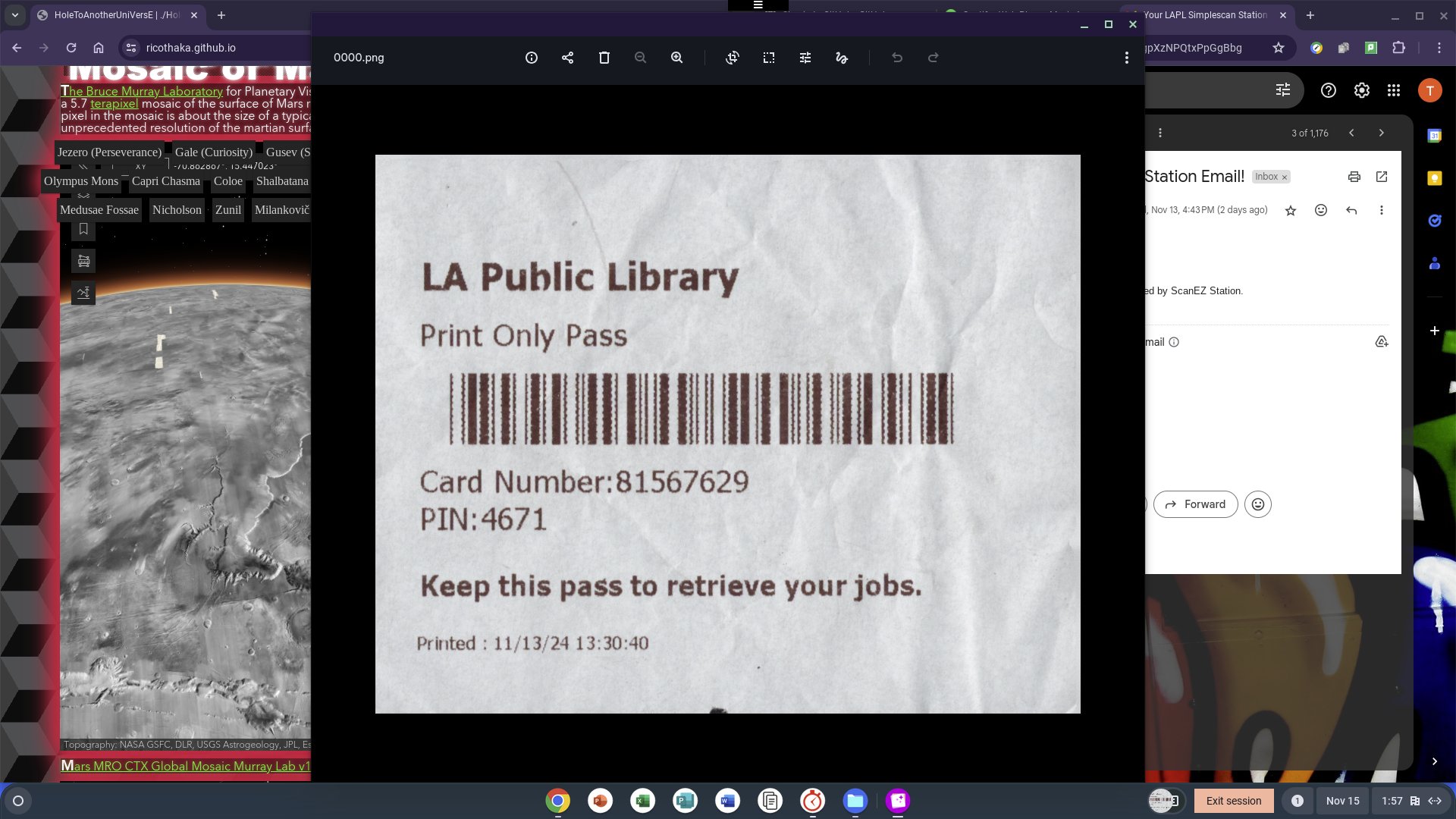
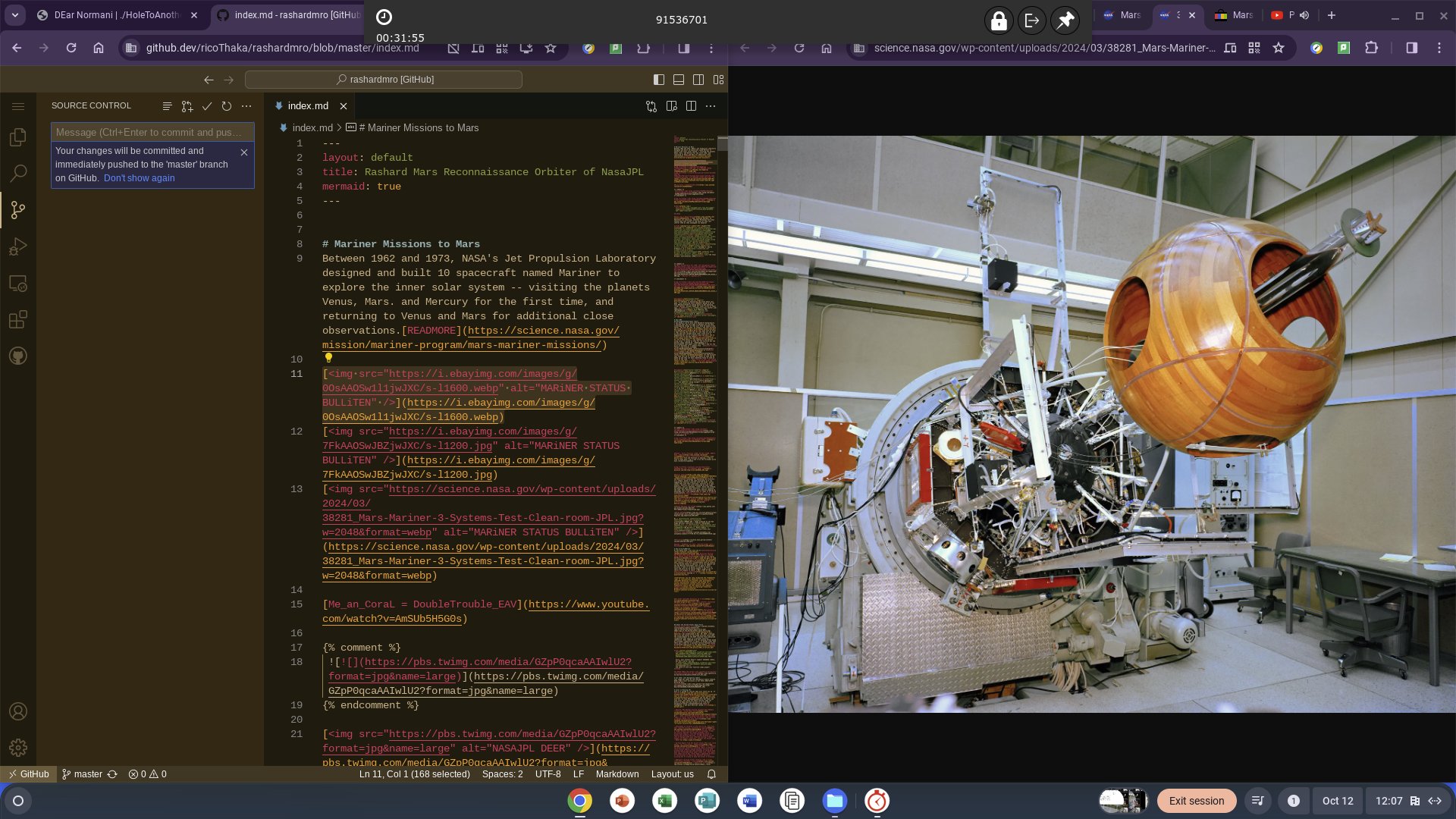
Mars Exploration Rovers: Spirit and Opportunity
https://science.nasa.gov/resource/front-left-hazcam-two-year-movie/ Sourjenr
Spirit
Mars Inventory LAnding to LAtest @nasa @nasa-jpl @nasa-pds @whitehouse @USnavy - MAY 25 2025
Spirit Rover HAZCAM
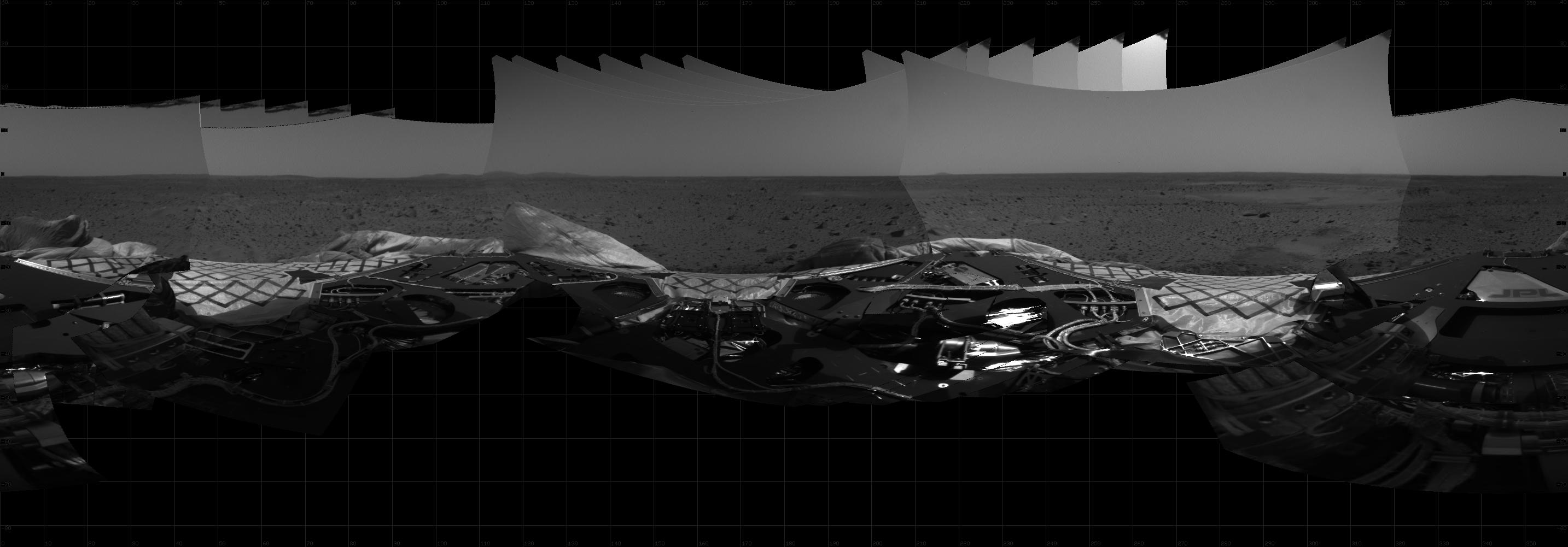

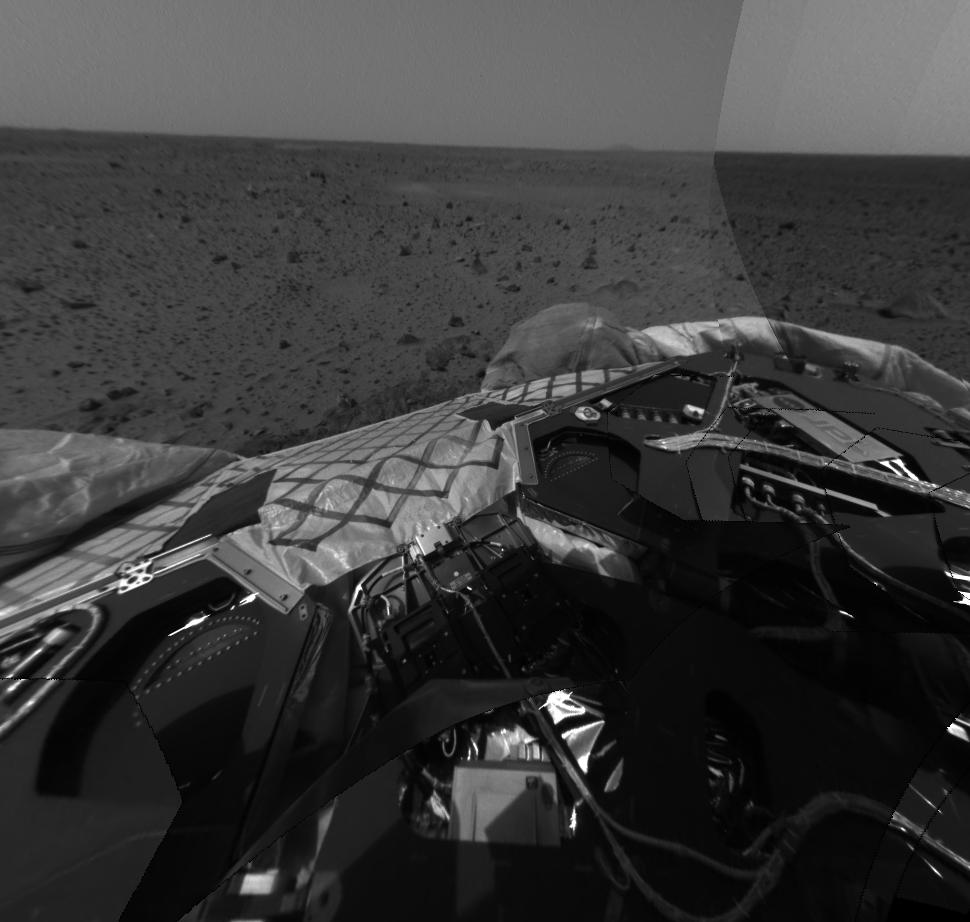
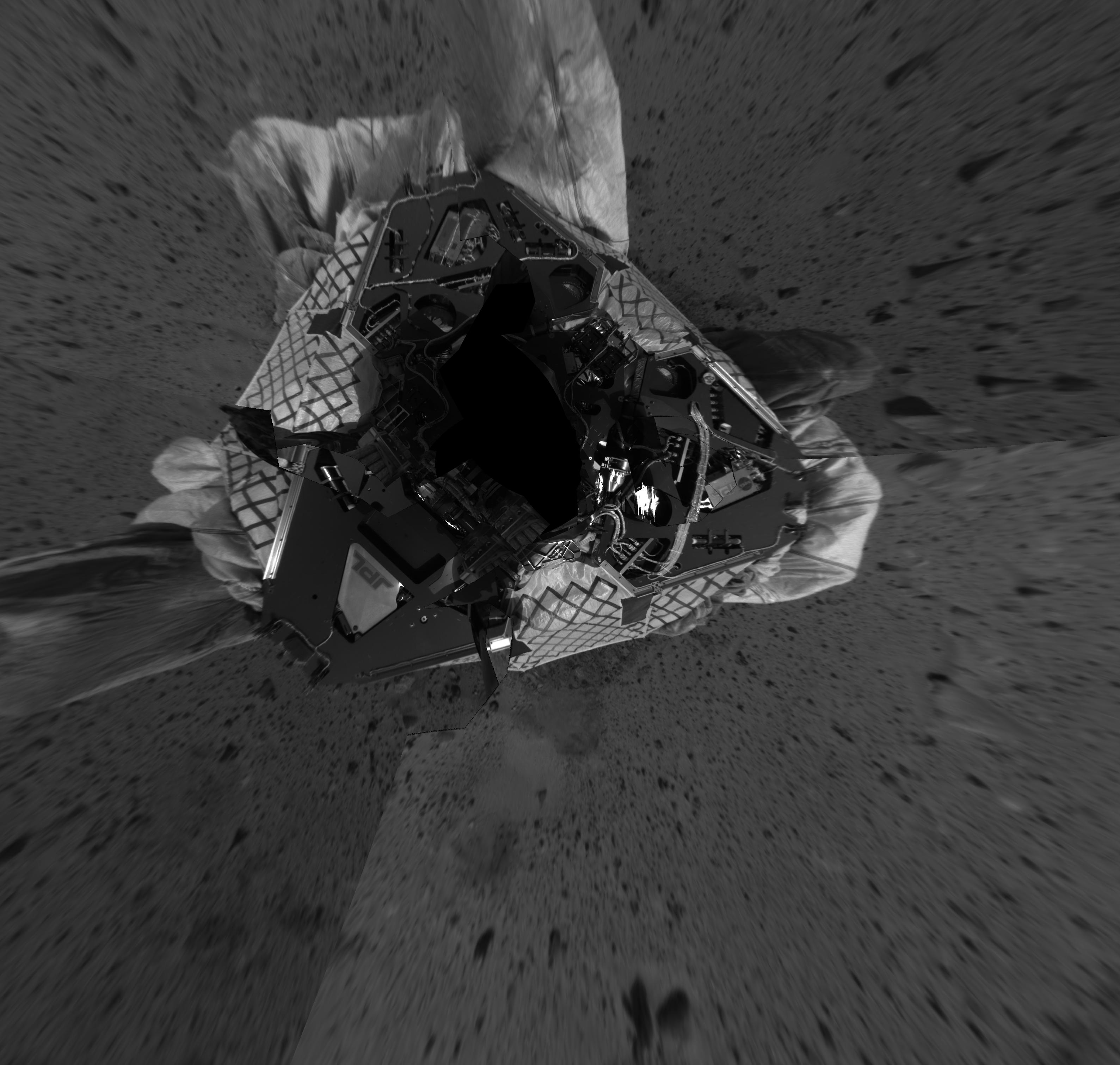
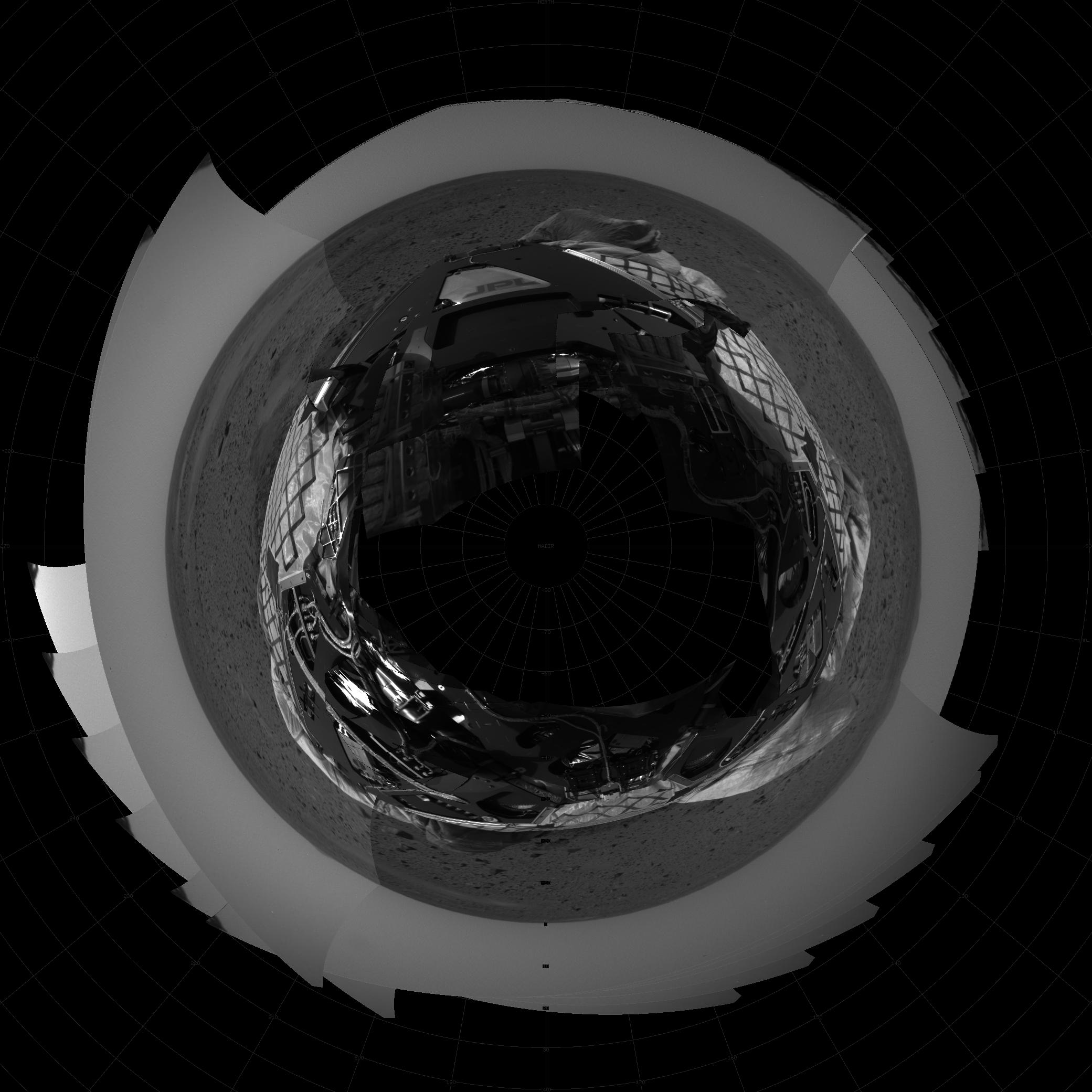
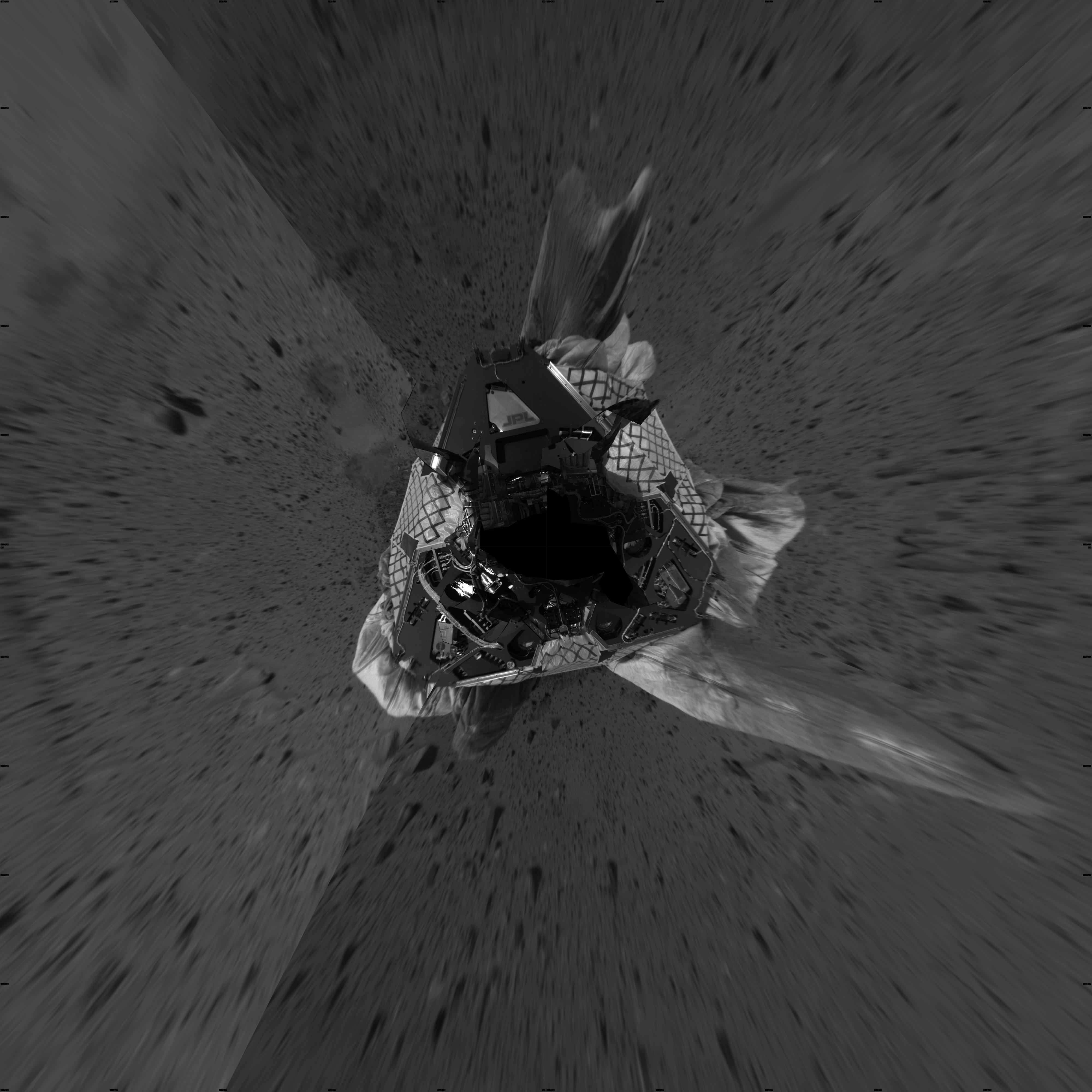

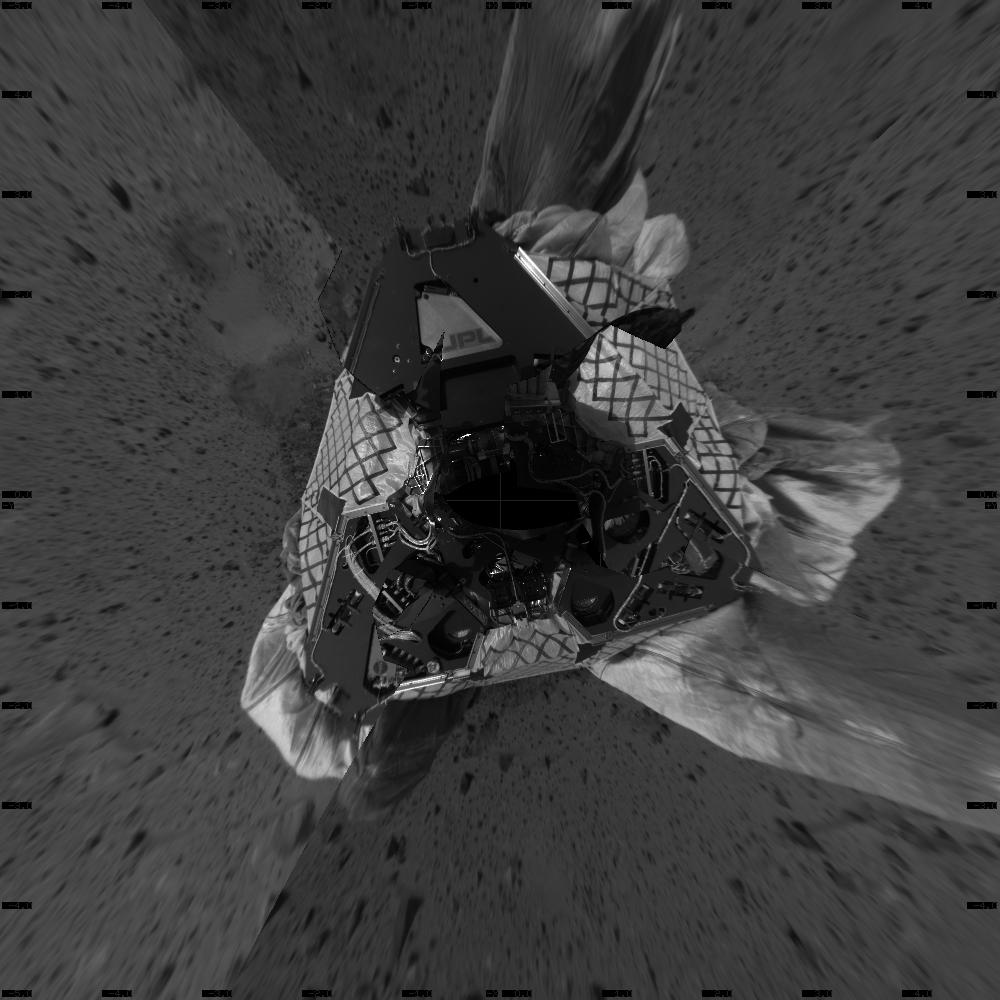
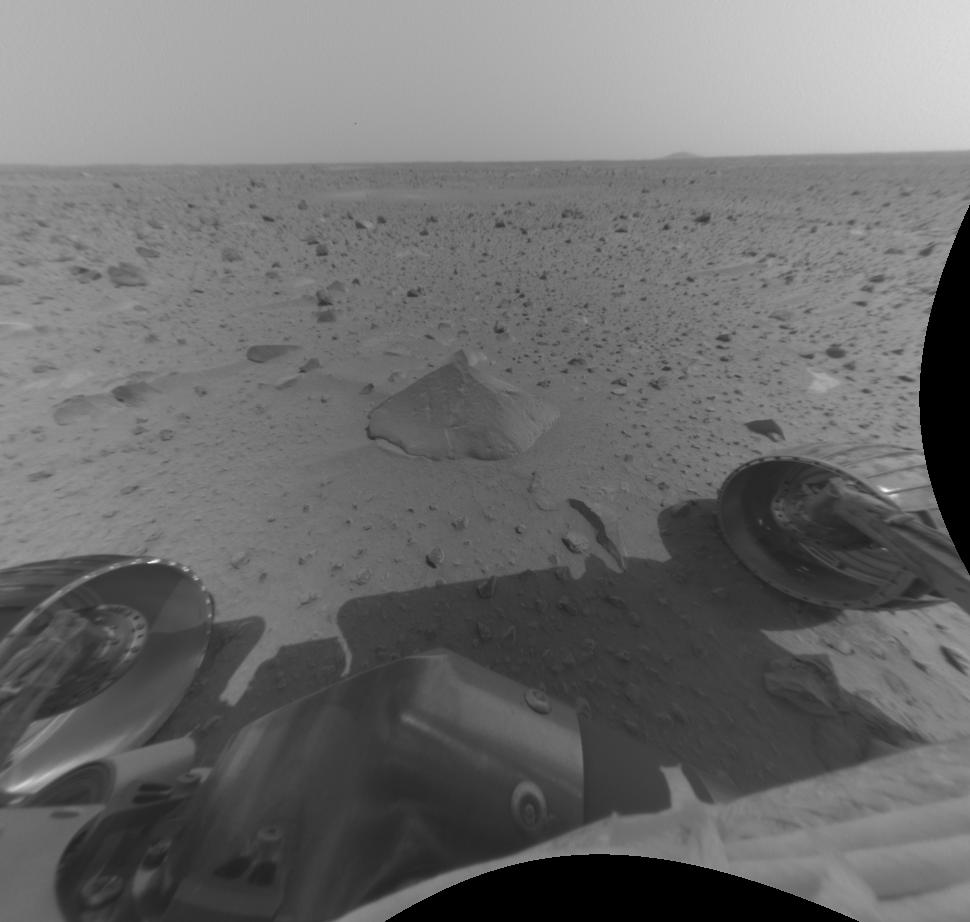

Curiosity / Persevere i will sort later nagin @nasa-jpl







https://pds.mcp.nasa.gov/portal/investigations/urn–nasa–pds–context–investigation–mission—mars—-exploration—-rover/instruments @cityoflosangeles @stateofcalifornia @blackgirlscode link MER @nasa - 3d Ring-Moon Systems Node wiki

layout: default title: HoleToAnotherUniVersE

